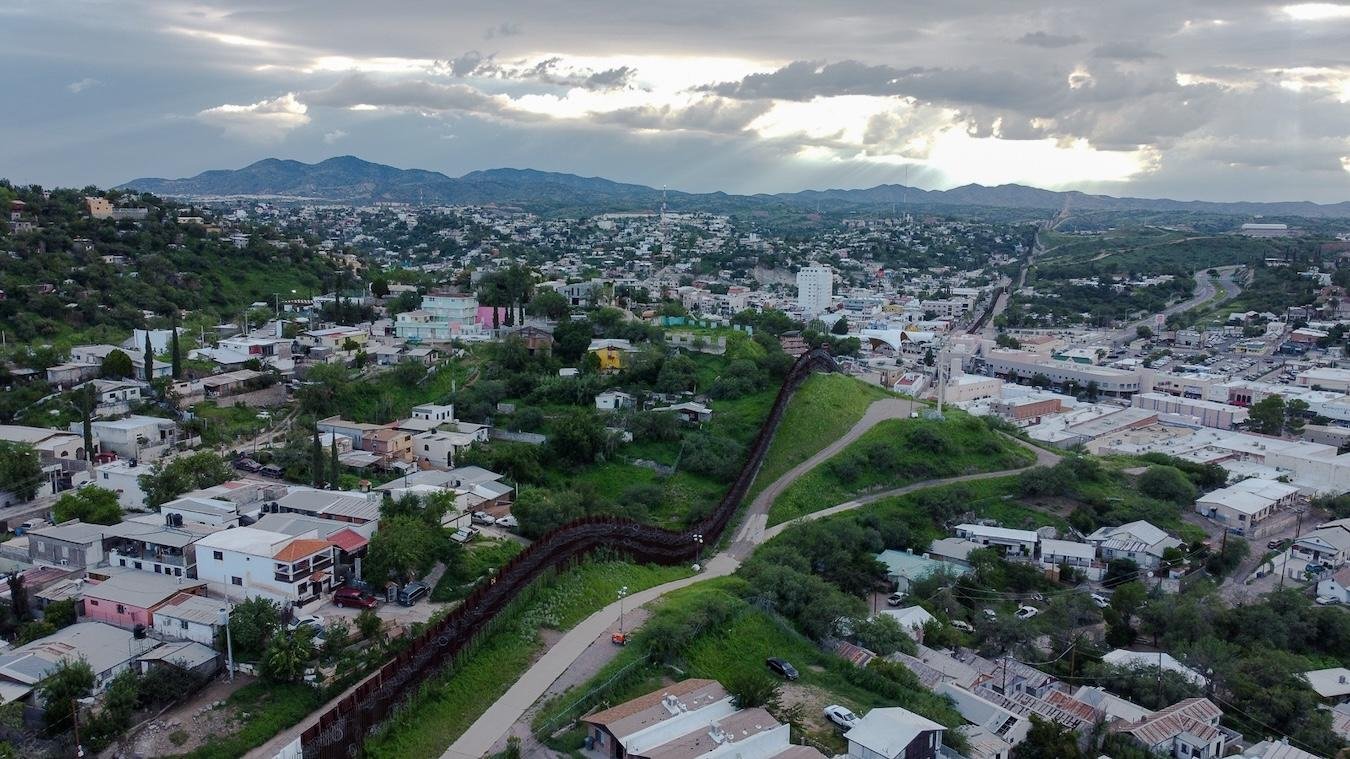arizona
Immigration Fuels Population Growth in Major Counties Across the Agricultural Heartland

According to a recent analysis by Stateline of U.S. Census Bureau county estimates, immigration is at the center of population growth across various Sun Belt counties and parts of the agricultural Midwest. The findings highlight the considerable impact immigration has had between mid-2020 and mid-2024.
This influx of new residents is particularly evident in fast-growing states such as Arizona, Florida, and Texas. Immigration has not only fueled growth but also mitigated population declines in many regions across the nation. The analysis reveals that 38% of counties nationwide have experienced population changes primarily driven by newcomers.
Counties in states like Illinois, Iowa, Kansas, Nebraska, and North Dakota have seen significant demographic shifts thanks to immigration. Furthermore, places like Louisiana and Massachusetts also reported notable gains, primarily attributed to new residents. In Iowa, for instance, surrounding counties of Des Moines and Iowa City nearly doubled their population growth due to new arrivals, prompting local advocates to enhance support services for these communities.
This is the first set of census estimates using a revised methodology aimed at capturing the number of asylum-seekers and immigrants more accurately, focusing on various immigration avenues such as green cards and refugee admissions.
Eric Jensen, a senior research scientist with the Census Bureau, indicated that next year’s estimates will be further refined. Texas saw substantial growth, particularly in Harris County, where over 260,000 immigrants contributed to an overall increase of approximately 278,000 people. Births accounted for the remainder of this growth.
Lloyd Potter, the Texas state Demographer, expressed that the recent numbers clarify immigration’s contribution to the state’s demographic changes, emphasizing that previous census data had not captured these shifts adequately.
Miami-Dade County in Florida recorded the highest population growth in the state, overcoming a potential decline due to extensive immigration, which brought in nearly 321,000 people. Research demographer Richard Doty noted that the revised estimates from the Census Bureau have dramatically altered Florida’s population projections post-2020.
Moreover, immigration emerged as the largest growth factor in five of the top ten counties experiencing rapid growth, including Phoenix’s Maricopa County and Clark County in Nevada. Other notable counties such as Collin, Denton, Fort Bend, and Montgomery in Texas displayed rapid residential development, leading to unique infrastructural challenges.
Nationwide, 278 counties across 42 states and Washington, D.C., would have faced population declines without the influx of immigrants. This includes populous regions in Florida, Washington, Texas, Massachusetts, and California, highlighting the significant role of immigration in stabilizing these areas.
Even counties experiencing losses still benefitted from immigration, as seen in Los Angeles and Jefferson Parish, where recent arrivals tempered declines that could have been more severe without their presence. In Polk County, Iowa, the anticipated welcoming center for immigrants aims to provide essential resources and support amidst prevalent misinformation regarding immigration enforcement.
Mak Sućeska, who will run the center, underscored its significance as a community hub for refugees and immigrants to find a sense of belonging. As communities evolve, leaders emphasize the importance of fostering environments that promote understanding and inclusivity, particularly in times of heightened scrutiny and targeting of immigrant populations.


















